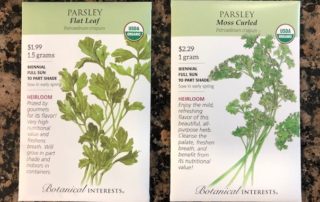Seiridium Canker of Leyland, Arizona and Italian Cypress
With the increased use of these three evergreen members of the Cupressaceae family in Central Texas, it is inevitable that we have begun seeing increased incidences of this common canker disease. Although Italian Cypress seems to be the most common species to be affected due to its prevalence in the landscape, this disease can also infect juniper and arborvitae. Leyland Cypress is now showing more symptoms in Central Texas, most likely because it is planted in soil that is not as well-drained or as high in organic content that the [...]












